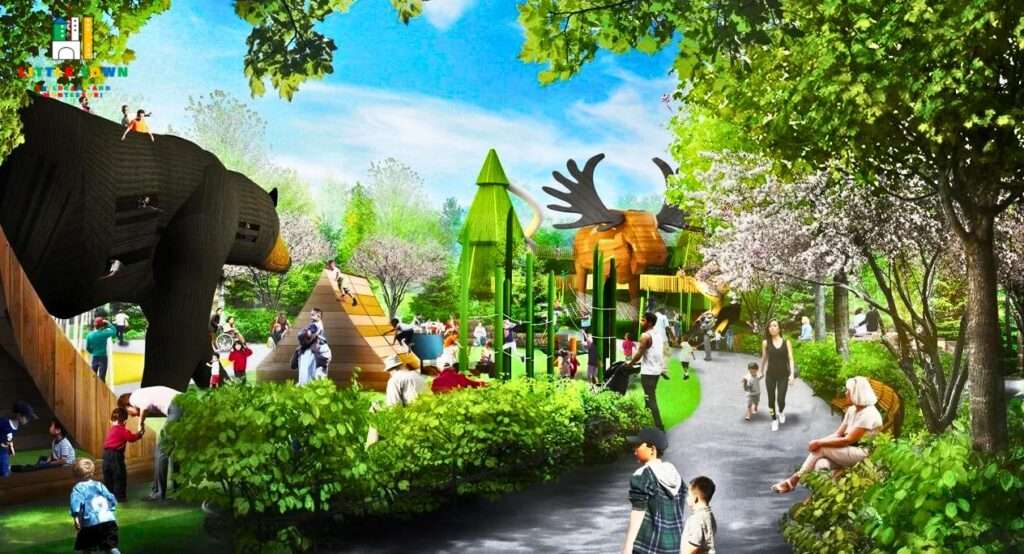The Innovation Playground: Reimagining Early Learning Through Project-Based Exploration

The Innovation Playground in Canada: Where Maple Leafs Sprout Curiosity and Cultivate Young Minds Through Project-Based Learning. In a world increasingly driven by innovation and problem-solving, traditional early childhood education models are undergoing a metamorphosis. While foundational skills like literacy and numeracy remain important, a new emphasis is emerging: fostering a love for learning through project-based exploration.
This approach transforms classrooms into “innovation playgrounds” where children become active participants in their own learning journeys. littletown.ca gives you the best guidelines for the growth of your child. If you want to know about Little Town child care and Montessori stay tuned with littletown.ca
Why Project-Based Learning?
Project-based learning (PBL) differs from rote memorization and teacher-centered instruction. Here, children delve into real-world problems or questions that spark their curiosity. Imagine a classroom investigating the life cycle of a butterfly. Instead of passively listening to a lecture, children might research butterfly habitats, design butterfly gardens, or even create butterfly-themed artwork.
The Benefits of Playful Exploration:
This hands-on approach offers a multitude of benefits:
- Deeper Learning: PBL encourages children to go beyond memorization and develop a deeper understanding of concepts. They actively engage in research, critical thinking, and problem-solving to complete their projects.
- Collaboration and Communication: Working on projects fosters collaboration and communication skills. Children learn to work together, share ideas, and effectively express themselves.
- Creativity and Innovation: PBL allows children to tap into their creativity and explore innovative solutions. The freedom to experiment and explore fosters a growth mindset and a love for learning that extends beyond the classroom.
- Increased Motivation: When children are passionate about a topic, they’re naturally more motivated to learn. PBL allows them to choose projects that pique their interest, leading to increased engagement and a sense of ownership over their learning.
- Real-World Application: PBL connects classroom learning to real-world scenarios. Children see the practical applications of what they’re learning, making it more relevant and meaningful.
Building The Innovation Playground:
Creating an innovative playground doesn’t require fancy equipment or a complete overhaul of the curriculum. Here are some practical tips:
- Start with Student Interests: Tap into children’s natural curiosity. Pose open-ended questions, encourage exploration, and allow them to choose topics that ignite their passion.
- Provide Open-Ended Materials: Stock the classroom with a variety of materials like recycled items, art supplies, building blocks, and loose parts. This allows children to be creative and experiment with different solutions during their projects.
- Embrace Collaboration: Encourage teamwork and peer learning. Set up spaces where children can brainstorm ideas, share resources, and collaborate on projects.
- Make Learning Visible: Document the learning journey. Create a space to showcase project ideas, prototypes, and final products. This allows children to see their progress and celebrate their achievements.
The Power of Playful Learning With The Innovation Playground:
By transforming classrooms into innovation playgrounds, we can nurture a generation of curious, creative problem-solvers. Project-based learning allows children to learn by doing, fostering a love for exploration and a lifelong passion for learning. As Albert Einstein famously said, “The important thing is not to stop questioning. Curiosity has its own reason for existing.” Let’s create classrooms that ignite that curiosity and empower children to become the innovators of tomorrow.